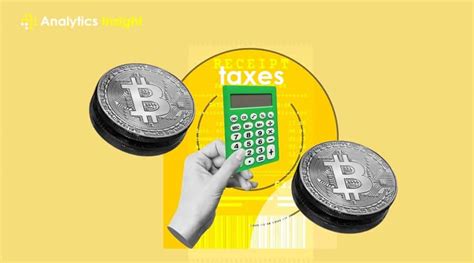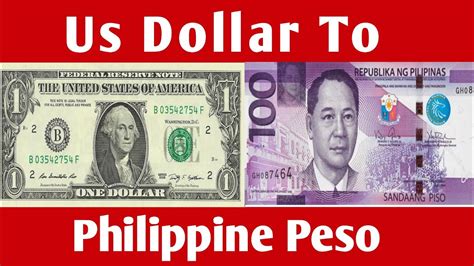What is an NFT?
NFTs, short for Non-Fungible Tokens, have exploded onto the digital scene, revolutionizing the way we own, trade, and experience unique digital assets. Unlike fungible tokens like Bitcoin or Ethereum, which are interchangeable and have identical value, NFTs are one-of-a-kind digital creations with unique identifiers.

Why are NFTs Valuable?
The value of NFTs lies in their scarcity, ownership verification, and immutability. Each NFT is certified on a blockchain network, ensuring its authenticity and provenance. This creates a digital certificate of ownership, protecting the rights of creators and enabling buyers to collect and trade digital assets with confidence.
NFTs by the Numbers
- $41 billion: Global NFT market valuation in 2021 (Source: Chainalysis)
- $140 billion: Projected market size by 2025 (Source: NonFungible)
- 66%: Portion of NFTs bought by collectors (Source: Statista)
Where are NFTs Used?
NFTs have found applications across various industries, including:
Art: Digital artworks, such as Beeple’s “Everydays: The First 5000 Days,” which sold for $69 million.
Gaming: In-game items, avatars, and virtual land.
Music: Ownership rights and exclusive content for songs, albums, and performances.
Fashion: Digital clothing and accessories for virtual worlds.
Real Estate: Tokenized ownership of physical or digital property.
How to Create and Trade NFTs
Creating NFTs:
- Choose a platform: OpenSea, Rarible, or Foundation.
- Create a digital asset: Design or upload your unique creation.
- Mint the NFT: Convert your asset into an NFT on the blockchain.
Trading NFTs:
- List your NFT: Upload your NFT to a marketplace like OpenSea.
- Set a price: Determine the value of your NFT.
- Sell or Auction: Offer your NFT for sale or participate in an auction.
Advantages and Disadvantages of NFTs
Advantages:
- Scarcity and uniqueness
- Ownership verification and immutability
- New revenue streams for creators
- Expansion of digital art and collectibles market
Disadvantages:
- Environmental concerns due to energy consumption
- Potential for scams and fraud
- Lack of legal regulation in some jurisdictions
The Future of NFTs
Experts predict that NFTs will continue to evolve in the coming years, with new applications and innovations emerging. One innovative use case is the tokenization of real-world assets, creating new markets and opportunities for investment and ownership.
Conclusion
NFTs have emerged as a transformative technology that has unlocked the potential of digital ownership, innovation, and value creation. Their unique characteristics and wide-ranging applications have made them a compelling investment for collectors, enthusiasts, and businesses seeking to unlock the future of digital assets. As the NFT landscape continues to expand and evolve, we can expect to witness even more revolutionary applications and the creation of entirely new digital economies.



